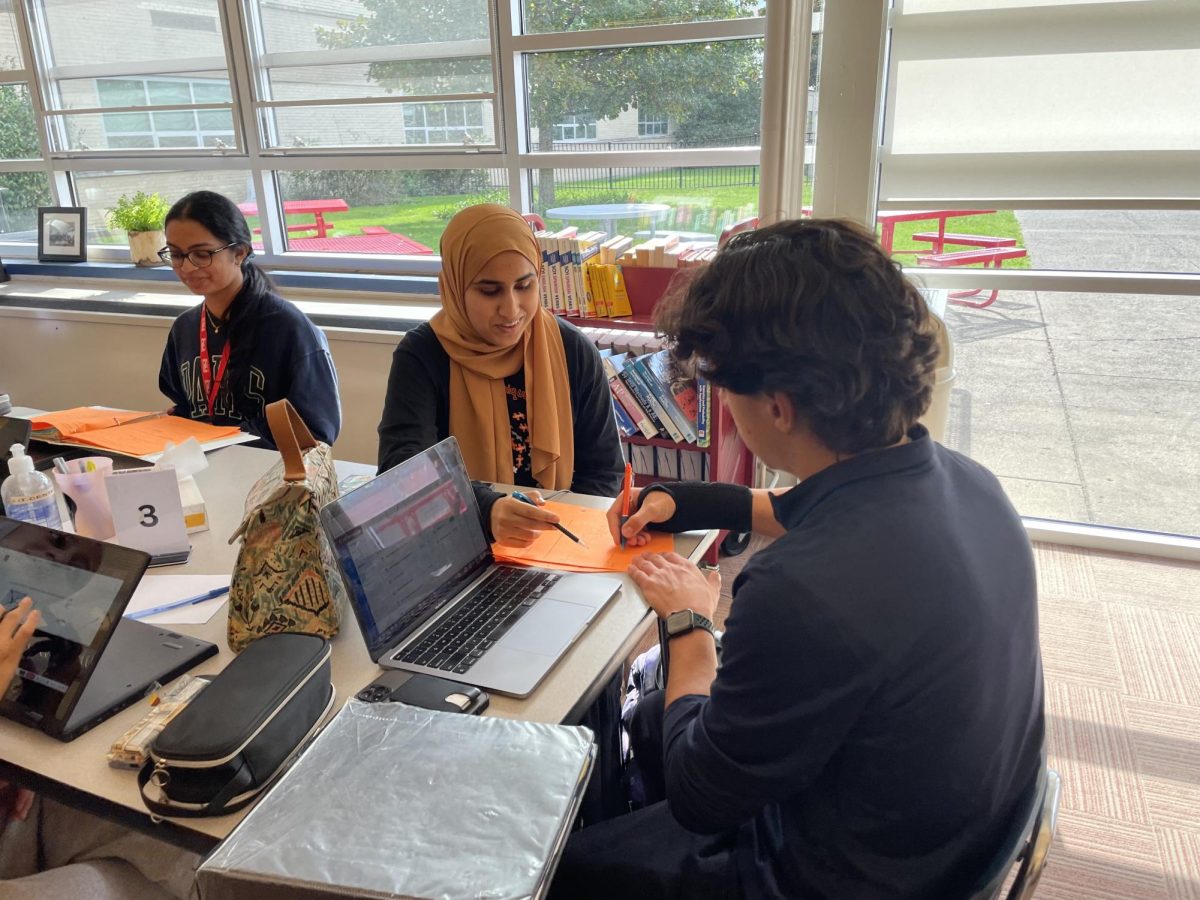Across the nation, high school students are preparing to take or have already taken their AP (Advanced Placement) exams. However, this year is unlike the past. Starting in 2025, all 28 AP courses will be either fully digital or hybrid (College Board), a shift from the traditional paper format. After taking one of these digital exams, I can say with full confidence that they are better than paper and should become the standard.
This week, I took the AP U.S. History exam. In previous years, I’ve taken other AP social studies courses such as World History and Government. By now, I am familiar with the setup and structure of the tests. This year, I finished the test quicker than ever, likely due to the efficiency of computers.
If you’ve ever taken an AP exam, you know the lengthy process to get started. With different paper booklets and stickers, there is plenty of room for confusion and delays. Often, while proctors read instructions, classmates and I would look at each other for clarification, unsure if we were doing the steps correctly. Now, the process is much faster. To begin a digital exam, students only need a charged Chromebook. They open the Bluebook application, enter two codes, accept terms and they’re ready to go. There was no confusion on what to do, and test-takers started without any issues.
Like most exams, my test included a multiple-choice section. Thanks to technology, there was no need for paper and pencil scantrons. I completed the 55 questions with a simple click, saving time that would’ve been spent filling in bubbles. Scantrons might not seem like a major time stall, but those seconds add up. Without them, along with studying, I was able to finish the MCQ with 15 minutes to spare. That extra time allowed me to triple-check my answers, helping me catch a few mistakes.
The test also features three writing sections: the short-answer question, the document-based question and the long-essay question. Answering these parts involves lots of brainstorming and room for error. Usually, this meant scribbling and crossing out words, trying to fit everything between the margins. Those problems are long gone with digital platforms. What I appreciate most about digital AP exams is that I can press the backspace key at any time to restart my writing. Likewise, I was able to add sentences anywhere in the paragraph at any time. With paper tests, you had to complete the entire essay in one go or risk running out of space. Now, there’s no need to worry about potential thoughts entering your brain and having no place to put them.
At first, I was against digital AP exams. In fact, I was against them until I took my test on Friday, May 9. I thought they would be more complicated than paper tests and that I wouldn’t have space to write down notes. I was wrong. Digital exams are a more efficient process than paper tests, and their features make it easier to go back, change answers or add text. Digital exams have made the AP experience less nerve-wracking, and I hope to see them continue in the future.















